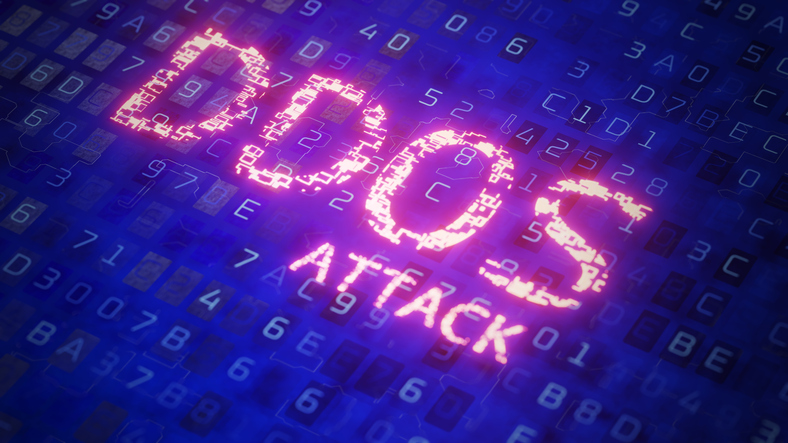Price: £19.95.
ISBN: 0262195372
Six years ago, a lightning strike caused a minor fire at a Philips Semiconductor fabrication plant in Albuquerque, New Mexico. Automatic sprinklers put the fire out within 10 minutes and nobody was hurt. Except LM Ericsson.
A few months later, the Swedish electronics giant blamed huge quarterly losses on its inability to source key mobile phone components from Philips, which had initially underestimated the impact of smoke, water and firemen’s boots on its clean-rooms. Unfortunately for Ericsson’s management, the company’s biggest rival, Nokia, had a different story to tell of the Albuquerque fire. During the financial same period, it posted record sales – despite the fact that it sourced the same parts from the same Philips plant.
The difference was Nokia had processes in place to track just such an ‘event’ and it was quick to respond when it realised the loss of production could potentially prevent it making up to four million new phones. Five years previously, Nokia had been suffering from an imbalanced supply chain – the company was losing money housing unwanted stock. To remedy this situation, Nokia had established a collaborative planning process which closely involved key suppliers. This process instilled in Nokia’s supply chain a keen awareness of fluctuations in both supply and demand. When disaster struck, this awareness helped Nokia look elsewhere for its essential parts, and so to come out of the ordeal relatively unscathed.
It scoured the world for alternative sources for five vital chip types, and forced Philips to retool other facilities to manufacture some of the components. By the company’s own admission, Ericsson did not have a ‘plan B’ and had few processes in place for escalating its response once it had realised the seriousness of the situation.
For Yossi Sheffi, professor of engineering systems at the Massachusetts Institute of Technology (MIT), the difference is that Nokia showed the characteristics of a “resilient” company, whereas Ericsson was merely an “efficient” manufacturer.
Sheffi, an internationally renowned expert in supply chain management, says most companies still place a higher value on achieving efficiency than they do resilience. That is understandable. After all, efficient supply chain practices – that cut inventory to the bone, eradicate redundancy, shorten lead times and generally drive down costs – are essential prerequisites to profitability in an increasingly real-time, low-margin business world.
The argument for resilience – planning for and setting aside resources to cope with events that might never happen – is much less compelling (money spent on redundancy and back-up could come to nothing but unnecessary spend). Or at least it used to be.
In The Resilient Enterprise, Sheffi draws on the findings of a three-year study of global supply chain practices by his Centre for Transport and Logistics (CTL) department at MIT, to show that planning for the unexpected need not be a potentially wasteful hedge against disaster.
In many cases, CTL findings demonstrate that resilient companies not only cope better than their rivals when adversity strikes, they also compete better when it does not.
However counter-intuitive this may sound, Sheffi’s detailed examination of the supply chain break-downs at companies such as Amazon, Dell, General Motors, Intel and UPS leaves little room for doubting his key messages: disaster might not be frequent but it is inevitable. And, the measures that organisations undertake before the event will almost certainly have a greater influence on the subsequent consequences than anything they might do afterwards.
More specifically, Sheffi goes to great lengths to highlight what companies do to protect themselves from the complacency that often presages disaster – and the process-bound inflexibility that prevents them from responding rapidly and effectively. That takes many forms: the way in which Toyota, for instance, nurtures relationships with suppliers so successfully that, when disaster strikes one, the whole supply chain responds to address the crisis and moves to fill the gaps in supply; how customising at the end of a process, rather than at the beginning, protects Dell from the impact of similar break-downs; or, indeed, how simply devoting one executive to trouble-shooting, as Nokia did, can make a 3% difference to market share in one tumultuous quarter.
Sheffi advocates facing up to the cruel realities of the world that surrounds businesses, rather than hoping for the best. He argues that the heightened awareness this engenders will make the business not only better prepared for disaster, but in better shape to compete, whatever the circumstances






